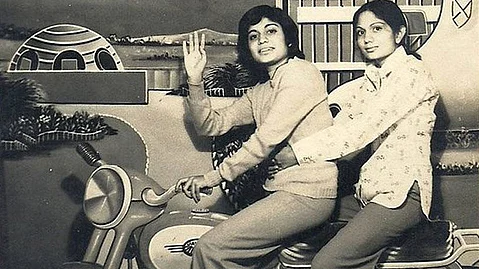Last week, the New Yorker paid homage to a beautiful online project that has already captivated the heart of the country it started in – India. Titled the “Indian Memory Project”, the latter is an “online, curated, visual and narrative based archive that traces a history of the Indian Subcontinent, via photographs and letters found in personal archives” – according to its own website.
So how did the New Yorker help out? It posted some of these breathtaking photographs – all sepia-toned and black and white – of memories of living in India in the 1900s. All with the help of the founder of the founder of Indian Memory Project – Mumbai-based photographer and curator, Anusha Yadav.
These photos below were specially chosen by Anusha Yadav to be posted on the New Yorker’s Instagram feed for they feature “simple stories, but those which have a powerful impact”. The photos were run all of last week in a beautiful amalgamation of history.
Take a look.
